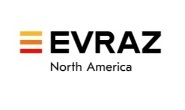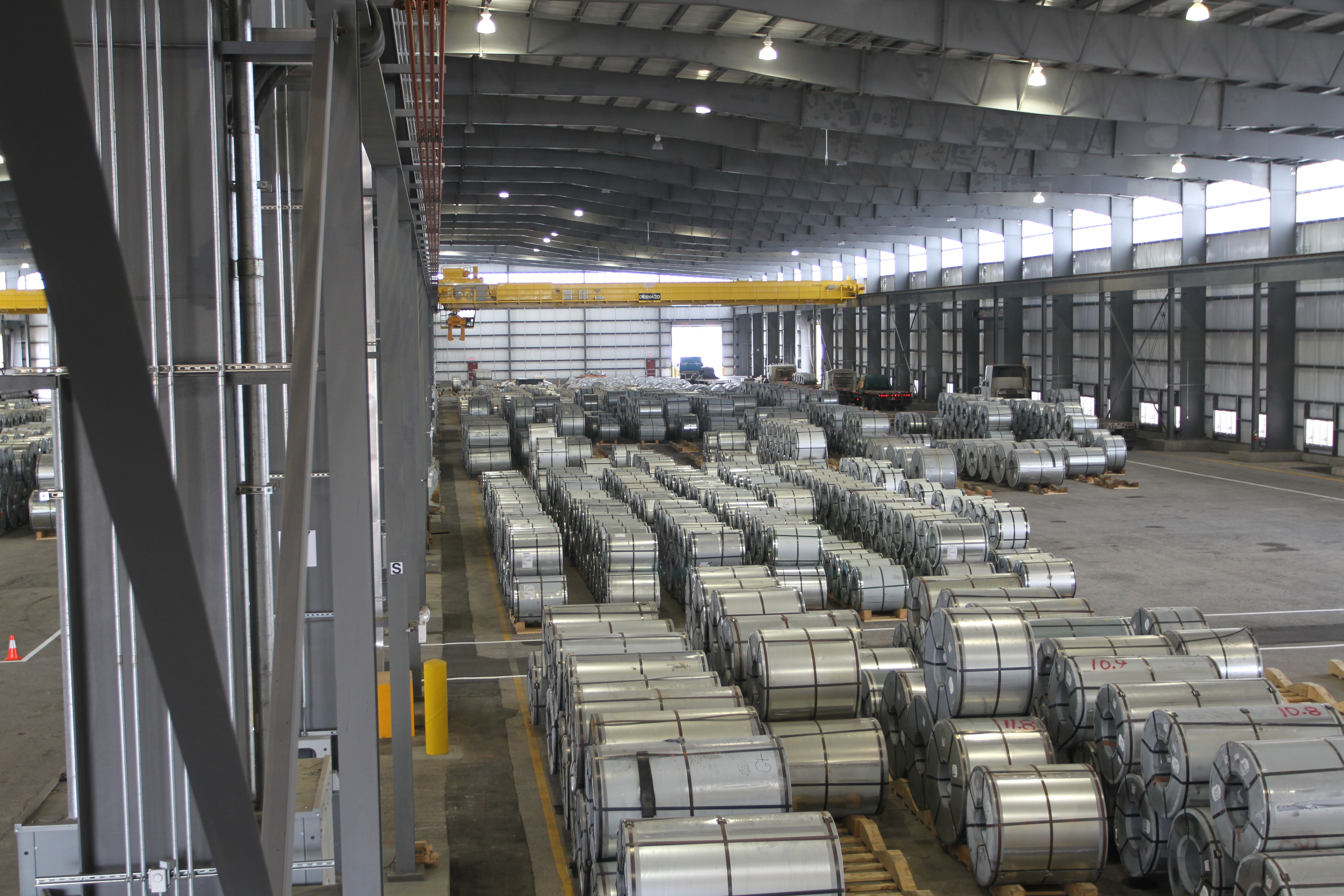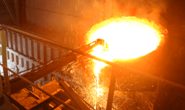Steel Markets

Ford Cuts Q2 Production Forecast 50% on Chip Shortage
Written by Michael Cowden
April 29, 2021
Ford expects to lose 50% of its planned second-quarter production because the global chip shortage has become a “significant headwind” for the company.
The Dearborn, Mich.-based automaker had already lost 17% of its planned production in the first quarter because of the chip issue, and it anticipates losing 10% of forecast output in the second half of the year for the same reason.
![]() The production losses are steeper than expected because of a fire at Japanese chip make Renesas Electronics, company executives said during an earnings conference call.
The production losses are steeper than expected because of a fire at Japanese chip make Renesas Electronics, company executives said during an earnings conference call.
“Ford anticipates the flow of semiconductors from the Japan supplier to resume by the end of the second quarter – but, like many others in the industry, that the broader global semiconductor shortage may not be fully resolved until 2022,” the company said in an outlook commentary released with first quarter earnings figures.
All told, Ford expects to produce 1.1 million fewer vehicles than it had planned to in 2021, which translates into a $2.5-billion hit to annaul earnings before interest and taxes (EBIT).
Renesas, which suffered a fire on March 19, manufactures “about two-thirds of all chips in the auto industry,” including for nine Tier 1 parts suppliers to Ford, said Ford CEO Jim D. Farley Jr.
The Japanese chipmaker expects to return to full capacity in July. “While most of the chips for our modules for this facility are definitely dual sourced, Ford and others are facing additional constraints. And we’ve yet to see significant new chip capacity come online for our industry,” Farley said.
Another headwind comes from rising raw materials costs, including for steel, he said. “We’ve seen the commodity prices increased primarily for aluminum, steel and precious metals. We expect to see about a $2.5-billion increase in commodities Q2 through Q4,” Farley said. “So that’s going to hit us as we go through the rest of the year.”
Steel Market Update’s benchmark hot-rolled coil price stands at $1,440 per ton, up 9.5% from $1,315 per ton a month ago and up 46.1% from $985 per ton at the beginning of the year.
SMU tracks spot prices. Contract prices, which are commonplace among big buyers such as automakers, are based on a discount to spot prices and typically lag moves in the spot market because of the way they are structured.
Ford’s announcement of lower production matters because the average vehicle consumes approximately one ton of steel. And the automotive production process, notably stamping, is a key source of prime scrap, such as busheling.
A prolonged drop in automotive production can squeeze electric-arc furnace (EAF) mill margins because it results in higher costs for prime scrap, a key raw material, and lower sales prices for finished steel.
SMU’s busheling scrap price averages $560 per gross ton, down 3.4% from $580 per gross ton a month ago but up 36.5% from $410 per gross ton at the outset of 2021.
Margin squeezes have to date not been an issue. But the matter of steel and scrap prices moving in opposite direction was problematic for EAF steelmakers last year when auto production was halted for an extended period in response to the initial COVID-19 outbreak.
Steel mills in 2021, in contrast, have posted record first-quarter earnings. And Ford is wildly profitable compared to this time in 2020.
The automaker swung to a profit of $3.26 billion in the first quarter of 2021 after losing nearly $2 billion in the first quarter of last year on revenue that increased 5.6% to $36.22 billion.
By Michael, Michael@SteelMarketUpdate.com

Michael Cowden
Read more from Michael CowdenLatest in Steel Markets

USW cheers Evraz NA agreement with Atlas Holdings
The United Steelworkers (USW) labor union celebrated recent news of the signed agreement between Atlas Holdings and Evraz NA in which the Connecticut-based private equity company said it plans to acquire North America’s Evraz facilities.

Steel buyer spirits tempered by soft spot market conditions
Steel sheet buyers report feeling bogged down by the ongoing stresses of stagnant demand, news fatigue, tariff negotiations or implementation timelines, and persistent macroeconomic uncertainty.

Hot-rolled coil buyers continue seeking certainty
Steel market participants contend that buyers will remain in “wait-and-see" mode until some market stability is restored.

Latin American steel advocates warn on cheap import flood
Subsidized Chinese steel imports and cheap steel products from Association of Southeast Asian Nations (ASEAN) entering Latin American (LATAM) are threatening the region's steel market.

CRU: Steel prices fall amid global demand weakness
The forceful headwinds bearing down on steel markets across the globe have created demand challenges and sent prices southward. The US, however, challenged the global trend.
